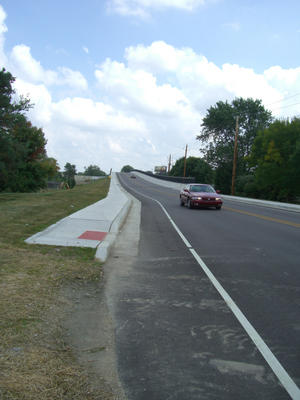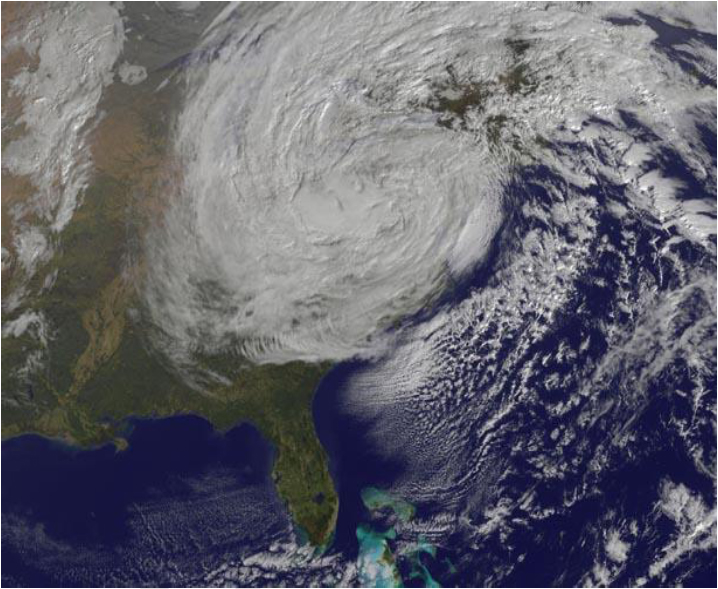New Jersey Future Blog
Financial Restructuring: Cash Today, Tolls Tomorrow
January 17th, 2008 by New Jersey Future staff
New Jersey’s state debt has more than tripled in the last decade.
- At $32 billion, New Jersey has one of the highest debt burdens of any state in the country. At $3,700, the per-capita debt burden is three times the national average.
- The New Jersey Turnpike has one of the lowest tolls in the nation—5.2 cents a mile. Traveling on the Garden State Parkway (2.3 cents) and Atlantic City Expressway (2.2 cents) is even cheaper, especially when compared with Maryland’s JFK Memorial Highway (10 cents), the Delaware Turnpike (27 cents) and California’s Riverside Freeway express lanes (95 cents).
- The New Jersey Department of Transportation has identified 10,000 miles of highways that need to be resurfaced, and 700 bridges that need to be rebuilt or repaired, to meet safety standards.
- NJ Transit, the nation’s largest statewide transit system (with ridership exceeding 250 million passenger trips per year on 242 bus routes, 11 commuter rail lines and three light rail lines), has increased fares three times since 2002. Meanwhile, the state’s gasoline tax has remained at 10.5 cents a gallon since 1988, and tolls on the Parkway have not risen since 1989.
The Numbers Add Up to a Plan
Gov. Jon Corzine did the arithmetic—$32 billion in debt, 5.2 cents a mile, 10,000 miles of highway repairs, 700 bridges and 250 million passenger trips on public transit—and came up with his long-awaited financial restructuring plan, which he unveiled in his State of the State message on Jan. 8.
The plan would turn operation of the Turnpike, Parkway, Expressway and Route 440 over to a public benefits corporation for the next 75 years. Tolls on these roads would increase by 50 percent every four years from 2010 to 2022; subsequent increases would be linked to the rate of inflation. Because the corporation would have a steady, predictable income stream through 2085, it would be able to float up to $38 billion in bonds up front, and turn the proceeds over to the state in one lump sum.
Gov. Corzine proposes to use this money to pay off half the state’s outstanding debt, as well as fund what he referred to as “statewide transportation needs across New Jersey’s broad, multi-modal transportation network.” As he acknowledged in his speech, this means transit investment as well as highway and bridge maintenance and repairs. “We need to expand mass transit so as to get cars off the roads and carbon out of the air—be it light rail into Gloucester County or the Northern branch through Bergen County,” the governor said. “And the state needs by this summer … a ‘source certain’ of $3 billion to move forward with the monumental Hudson Tunnel, or we risk losing matching federal dollars that make the $7 billion-plus investment possible.”
The Plan’s Consequences, Intended and Otherwise
Together with a freeze on state spending at current levels, a commitment not to allow future spending to exceed recurring revenue growth and a constitutional amendment requiring any new state debt to have a dedicated revenue source, the governor’s financial restructuring plan aims to create what he calls “the foundation for economic development, job growth and honest government.”
How—and where—this economic development and job growth will occur remains an issue of vital concern. As the governor’s plan works its way through the legislative process, it will be important to assess its potential impact on commuting patterns, on auto emissions and greenhouse gases, on transportation choices, on development and redevelopment decisions and a host of other factors that will shape New Jersey’s future.
Here are just a few of the questions that need to be asked—and answered—in the weeks and months ahead:
- With the steady increases in tolls, might mass transit become a more viable and attractive option for some commuters? Will carpooling become more popular? In the long term, will workers be more inclined to seek housing closer to their places of employment to cut down on ever-increasing commuting costs?
- If more motorists are inspired by the higher tolls to switch to mass transit, should a larger share of transportation funding go toward upgrading rail, bus and light rail service? If carpooling becomes more popular, should dedicated carpool lanes be expanded on the toll roads?
- How do toll increases compare, in terms of fairness, equity and progressivity, with raising other potential sources of revenue: the gas tax, the income tax, the sales tax? Would it make sense to raise the gas tax along with the tolls, thus spreading the cost across all motorists, not just those who drive on toll roads?
If you have any questions about this issue of Future Facts, please contact Rick Sinding, Senior Communications Consultant.
















